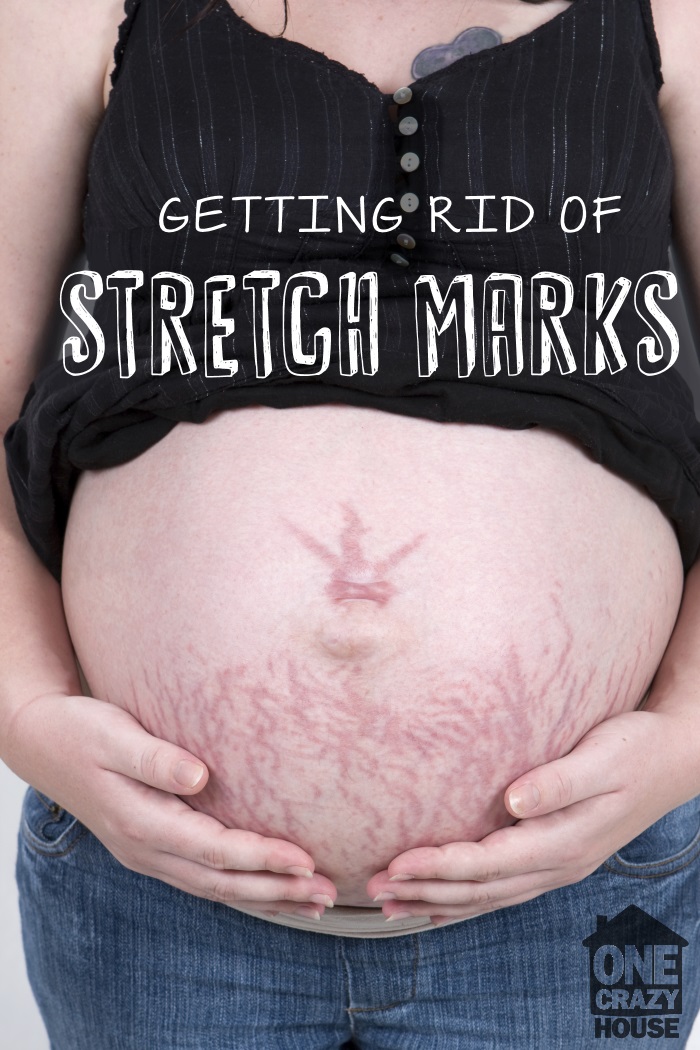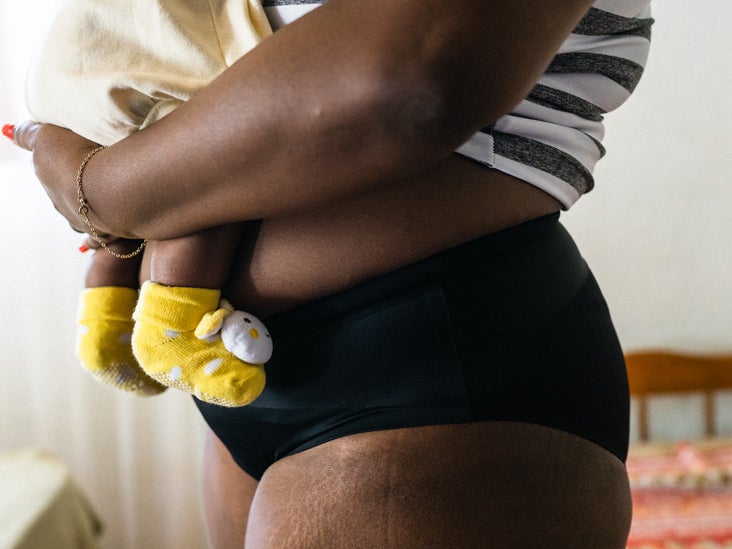

Get rid of stretch marks skin#
This term is used to describe the scarring of skin on the abdominal area, which often occurs as the baby grows rapidly in the final trimester of pregnancy. Pregnancy stretch marks are known as striae gravidarum. The medical community uses several terms to describe different types of stretch marks. Some women are also more genetically predisposed to develop stretch marks. Young mothers, those with a higher BMI, and women who gain over 15kg in weight during pregnancy are more likely to develop stretch marks during pregnancy. These hormones also attract more water into the skin, which relaxes the bonds between collagen fibres and means the skin is more prone to tearing when experiencing rapid growth as the baby develops. *ĭuring pregnancy, the body produces hormones that reduce collagen production and break down elastin fibres in your skin. 54% had developed stretch marks due to weight gain, and 22% from puberty. Over two thirds (69%) of women surveyed had stretch marks from pregnancy. Who is more likely to develop stretch marks?Īnyone can develop stretch marks, including men, but pregnant women are more susceptible. 32% had them on the bottom, while 22% had stretch marks on the chest.Īlthough the bottom and chest are the least common areas for women to get stretch marks, they are also the areas women are most concerned about, with 79% concerned about stretch marks on the bottom and 76% concerned about them on the chest area.

During pregnancy they often appear on the stomach, thighs, buttocks, arms, breasts and hips, but they’re most common on the belly area.ħ0% of women surveyed had developed stretch marks on the stomach, 55% on the thighs, and 51% on the hips. Stretch marks can appear almost anywhere on the body that experiences fast growth. Source: Justin Lewis Research Where can you get stretch marks? This causes stretch marks to appear as pink, red, purple or brown marks on the top layer of skin. Collagen and elastin help give our skin strength and elasticity.Īs your baby grows and your skin stretches, the collagen bundles in the dermis layer can tear away from each other, allowing underlying blood vessels to show through. The surface layer of skin is called the epidermis, and the layer beneath that is the dermis, which contains bundles of collagen and elastin. They commonly occur during pregnancy as your body grows and changes in preparation for the arrival of your baby. Stretch marks, or as they are medically known, striae, are caused during a period of rapid growth in the body that stretches the skin. In a recent survey, almost three in five (58%) of women reported being concerned about stretch marks. For some, they’re a badge of honour, a sign that your body has achieved something incredible by creating new life.īut while there’s nothing medically or even physically wrong with stretch marks, many women feel self-conscious about them, and look for ways to get rid of stretch marks. Up to 90% of women will develop stretch marks during their pregnancy.


 0 kommentar(er)
0 kommentar(er)
